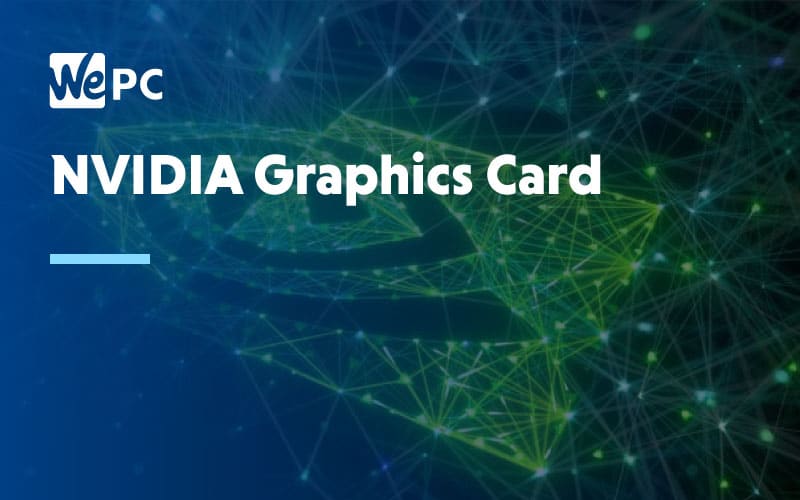NVIDIA looks like it’s started to make a huge jump in how they manufacture their premium and top of the range GPUs.
What’s even more interesting is that NVIDIA appears to be adopting the same techniques that AMD has used to develop the powerful Threadripper and Ryzen series CPUs, which we know have already been highly successful.
How Does This New Technique Work?
The technique moves away from the single die architecture that NVIDIA and AMD have used for decades. Instead, the next-gen NVIDIA GPU will use Hopper, a current generation of technology named after Grace Hopper, one of the pioneers of computer science.
AMD has moved beyond using a single processor and has adopted multiple dies in a single package methodology – also known as Multi-Chip-Module or MCM. NVIDIA has taken a leaf out of AMD’s book and also gone with an MCM GPU, which will be succeeding the Ampere. This will be a family of graphics cards, using multiple dies in a single package.
NVIDIA’s MCM Move Could Be Hugely Beneficial
MCM design looks like the future of the GPU market because GPUs and CPUs are increasingly limited to what they can do due to the reticle size of most EUV scanners.
The main problem with shrinking die sizes is that companies are forced to seek external expertise. AMD has migrated successfully to 7nm, whereas Intel has been struggling with 10nm.
NVIDIA, having seen AMD’s successful move, has decided to use MCM architecture for its next-gen Hopper GPU. This MCM-based move could lead to huge yield gains for NVIDIA.
Final Word
This all sounds promising, but the reality is this is still just a rumor at the moment. It has been based on tweets claiming to reveal NVIDIA’s plans but they have now been redacted. NVIDIA is no doubt capable of reaching an MCM-based GPU and there would be plenty of benefits to be gained by this move.
AMD has managed to make their Threadripper and Ryzen Series CPU packed with several cores and high performance – all with a reasonable price tag. So, it only seems logical that NVIDIA would take their lead and adapt their own products in a way that’s already been proven to work.
What do you think about the rumors of NVIDIA’s graphics card future? Are you excited to see how they match up to AMD’s products? Let us know in the comments section below.

